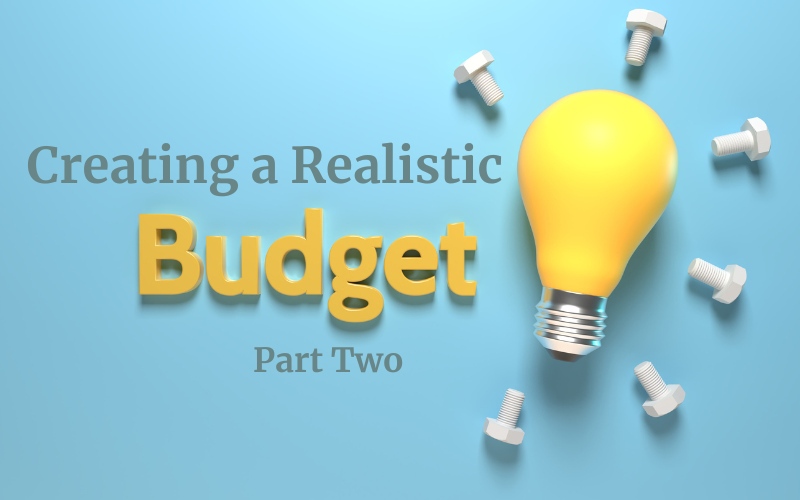
Creating a Realistic Budget (Part Two)
Welcome to the second part of our series on creating a realistic budget for your trade business. Part one covered understanding income, tracking expenses, estimating future project costs and the importance of managing overheads. Now, Accredited Supplier Sones Accountancy Services, will dive deeper into setting financial goals and using tools to optimise your budget.
Set Financial Goals
Setting clear, realistic financial goals can guide your budgeting process. Do you want to save for new equipment, hire more employees or expand your services? These goals will dictate how much money you should set aside each month and will help you make smarter decisions about your spending.
Divide goals into short term (e.g., paying off debt, building a 3-month emergency fund) and long term (e.g., buying new machinery, expanding your service area). Allocate a small percentage of your income to these goals to ensure you are building towards growth and not simply operating from day to day.
Monitor Cash Flow Weekly
Budgeting is a consistent process and not something done once per year. For trade businesses, cash flow can be inconsistent as payments might come in bursts, while bills arrive monthly.
A weekly cash flow check can help you stay ahead of any shortfalls. Keep an eye on what is coming in and what is going out and this will allow you to make adjustments quickly if needed. This will mean you do not need to overhaul your budget each week.
Use Budgeting Tools and Software
Gone are the days of relying solely on spreadsheets. Today, many simple and practical software options are available to make budgeting easier. Tools like Syft, Xero, or even Jobber (tailored for trades) can help you track income and expenses and generate reports to provide a snapshot of your financial health.
With cloud-based software, budgets can be updated on the go, from the office, your van, or even on a job site. This level of flexibility can save you both time and money.
Review and Adjust Regularly
A budget is a dynamic tool and not set in stone. Set aside time each month to review your budget versus your actual financial performance. If you notice that certain costs are regularly higher than budgeted, adjust accordingly. This will help ensure your budget remains realistic and useful.
Also, look for trends. Are there months when cash is tighter? Are material costs increasing consistently? Knowing this will allow you to pivot before financial challenges become too big to manage.
Seek Professional Help if Needed
Lastly, never be afraid to ask for help. Accountants and bookkeepers can help you create a sustainable budget, manage your cash flow, and provide insights you might have overlooked. Outsourcing your financial management can give you peace of mind and free up your time to focus on running your business.
In conclusion, creating a realistic budget for your trade business might seem daunting, but it is one of the most powerful tools you have. It gives you control, visibility, and a growth plan. Start by understanding your income, tracking your expenses, preparing for the future, and setting realistic goals. A little bit of time spent on budgeting today can save you countless headaches tomorrow, helping you make informed decisions that keep your business on a path to success.
